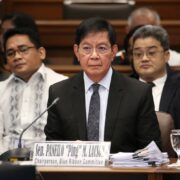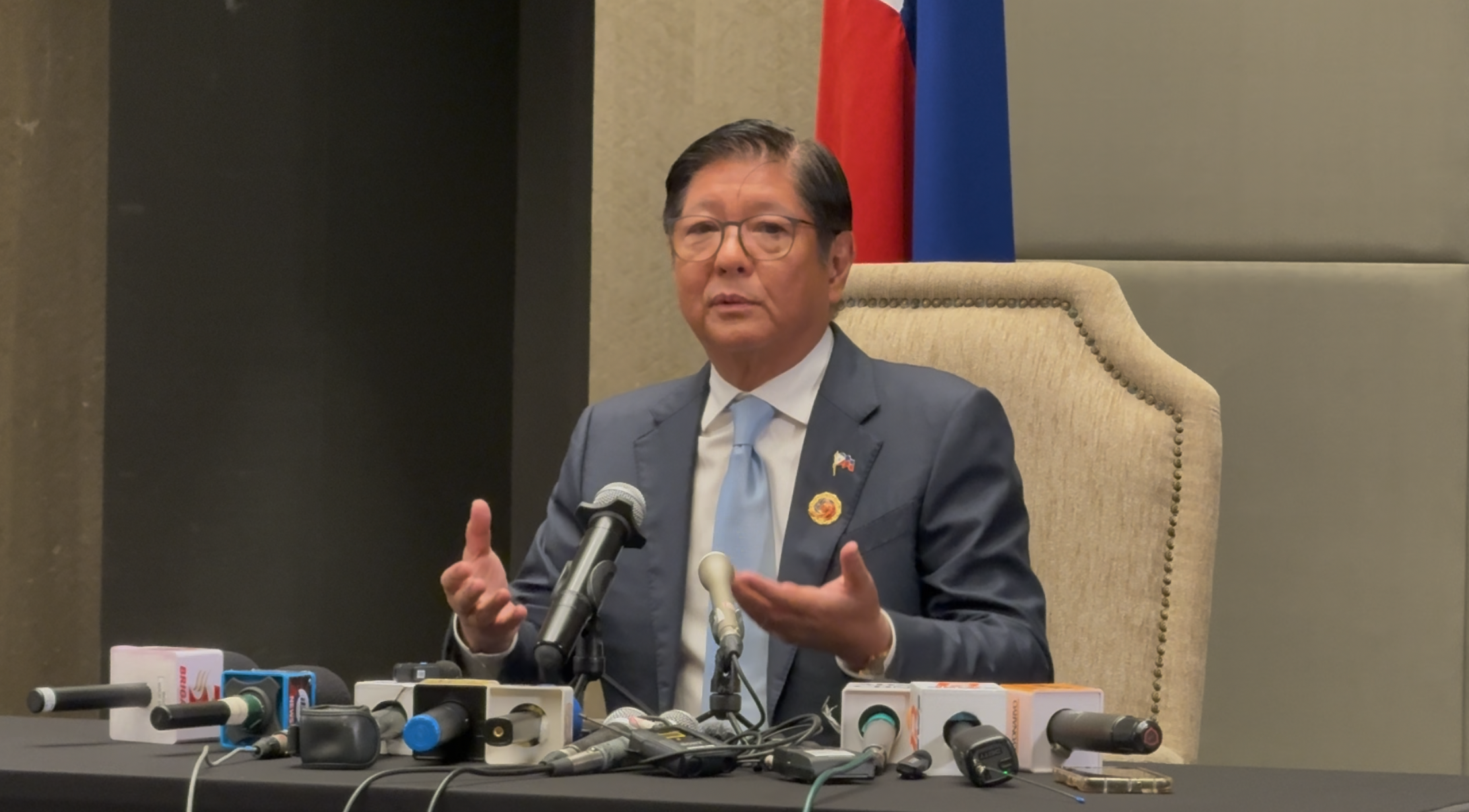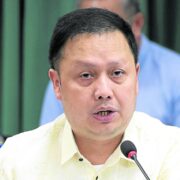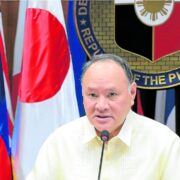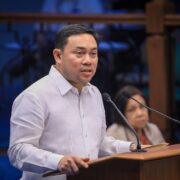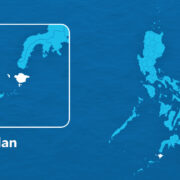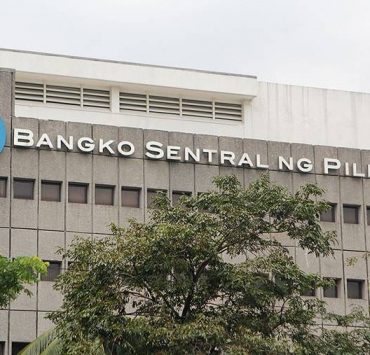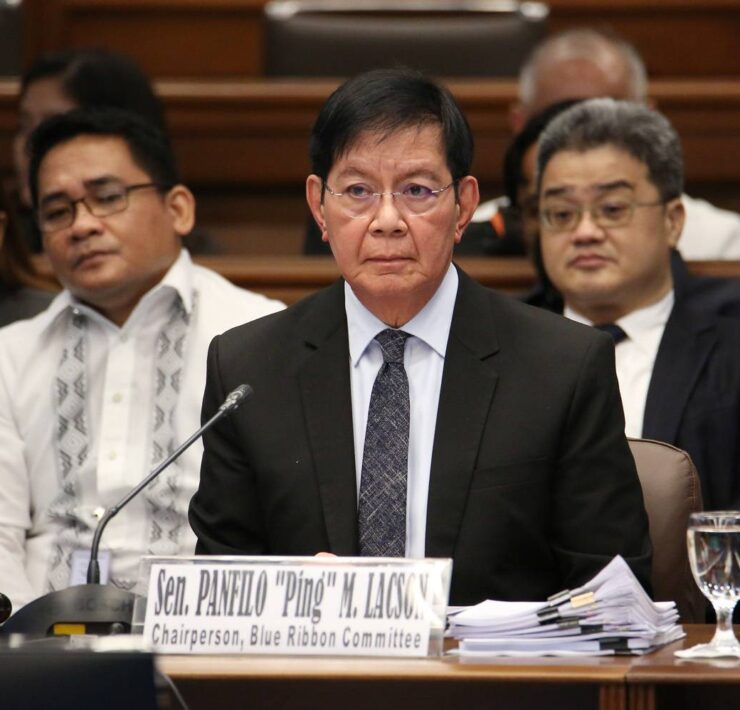PH debt hit fresh record high of P15.69T in July
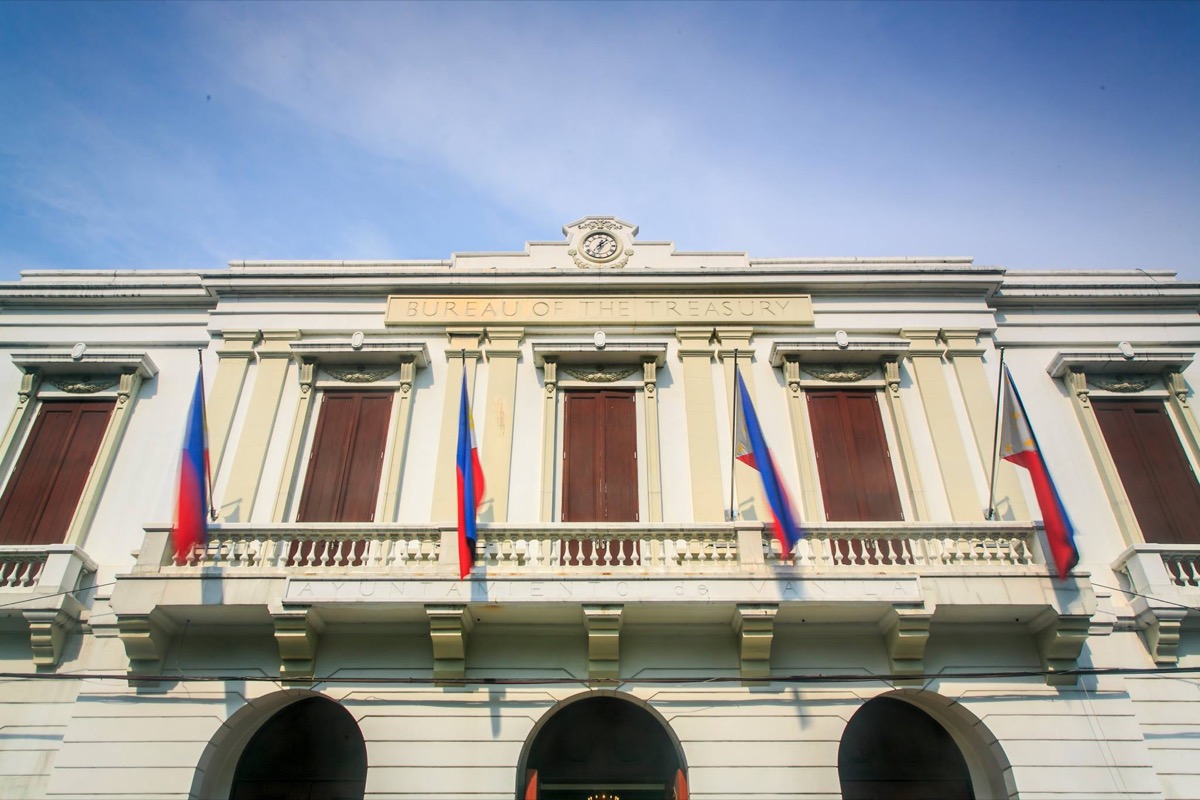
Government debt rose to a new high of P15.69 trillion at the end of July, primarily driven by new issuance of government securities and project loans, albeit partially offset by stronger peso, the Bureau of the Treasury (BTr) said on Tuesday.
The BTr showed that total state obligations increased by P206.49 billion in July, up by 1.3 percent from the previous month.
Compared with a year ago, the debt load went up by 10.1 percent, or an additional P1.45 trillion-debt in July.
Domestic borrowings, which accounted for 68.54 percent of the total debt, increased by 1.7 percent to P10.75 trillion in July.
The increase was driven by the P180.52 billion net issuance of government securities, although partially tempered by a P49-million reduction due to the stronger peso on US dollar-denominated domestic securities.
These resulted in an increase of 7.3 percent or P735.22 billion since the start of the year. Compared to last year, domestic debt rose by 9.6 percent or an addition of P940.78 billion.
Outstanding external debt, which comprised 31.46 percent of the total, grew by 0.5 percent to P4.94 trillion in July, adding P26.45 billion.
This rise was due to new project loans of P5.25 billion and an increase of P35.44 billion from currency revaluations, though partially offset by a P14.23 billion-reduction due to the peso’s appreciation against the greenback.
In July, the peso strengthened against the dollar, rising to P58.488 from P58.658 the previous month.
Debt securities included P2.22 trillion in US dollar bonds, P217 billion in euro bonds, P67 billion in Japanese yen bonds, P58 billion in Islamic certificates, and P54 billion in peso global bonds.
Since the start of the year, external debt has risen by P338.50 billion or 7.4 percent.
Ruben Carlo Asuncion, chief economist at Union Bank of the Philippines, said that global inflation has prompted central banks, especially the US Federal Reserve, to hike interest rates to control rising prices.
“In turn, the cost of borrowing has elevated including the depreciation of the peso in the last year and a half,” Asuncion said.
Despite this, Asuncion remains confident that reducing debt is “doable,” although it is anticipated to rise more slowly in the short to medium term.
“Long-term prospects may be better with an upbeat economic growth outlook in the next ten years,” he said.
The government set the debt-to-Gross Domestic Product (GDP) ratio at 60.6 percent this year, slightly above the 60 percent that lenders deem manageable for developing economies.
For the second quarter, the debt-to-GDP ratio placed at 60.9 percent.





